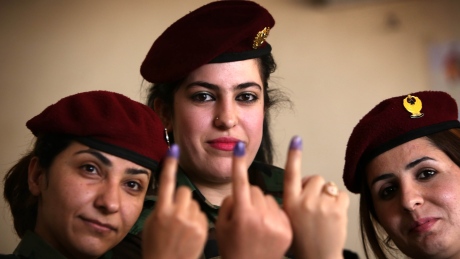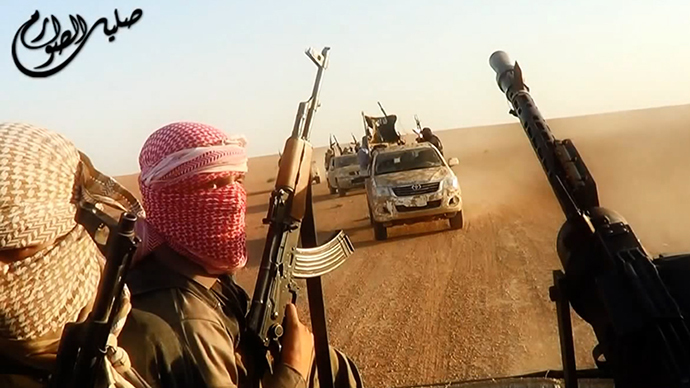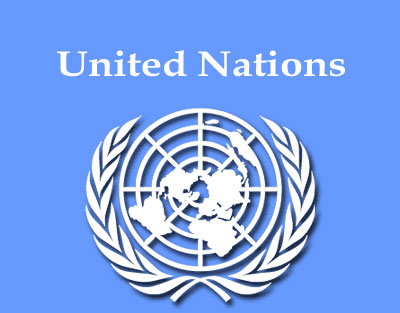By: Kavita Bapat
With the drawdown of NATO troops from Afghanistan this summer, questions have been raised about South Asia’s long-term security and stability. In particular, international concern has shifted towards neighbouring Pakistan, which has quickly become South Asia’s terror capital. Concerns about Pakistan’s security are steadily increasing as more suicide attacks destabilize Pakistan’s major cities. The past five years have seen the emergence of a new crop of terrorist groups, while many former insurgent entities have been reborn, bringing more violence to the country. Experts claim that strengthened ties between pre-existing and emergent terrorist groups are threatening Pakistan’s internal and external stability. Additionally, a botched bombing attempt in Times Square in May 2010 by the Pakistani Taliban revealed growing ambitions of Pakistani insurgents, who had previously focused solely on the surrounding region. Security officials in Pakistan have always maintained a positive relationship with Pakistan-based militant groups, primarily those that focus their attacks on India and Afghanistan. In many ways, Pakistan fostered this relationship in order to ensure its own security and stability, but the move has largely back-fired, especially since Pakistan pledged its commitment to supporting the US in South Asia. Another key security concern that has long plagued Pakistan is the ability of leadership elements of the al-Qaeda, Afghan Taliban, and other terrorist groups to make the tribal areas along the Afghanistan-Pakistan border their home. Mounting concern about this issue and the involvement of the Pakistani Inter Services Intelligence (ISI) agency in militant activity led to strong statements by US Secretary of State Hillary Clinton, claiming that deteriorating security in a nuclear Pakistan “poses a mortal threat” to the world.
While experts agree that it is difficult to pinpoint how many terrorist groups are conducting operations in Pakistan, most groups can be broadly defined by five distinct categorizations. The first are sectarian groups such as Sunni Sipah-e-Sahaba and Shia Tehrik-e-Jafria. These groups have a long history of violent engagement in Pakistan. Second, there are anti-Indian terrorist groups, such as the Lashkar-e-Taliban (LeT) and the Jaish-e-Muhammad (JeM), operating in Pakistan with the alleged backing of the ISI and Pakistani military forces. Third, are the original Afghan Taliban movement and its leadership headed by Kandahari native Mullah Mohammad Omar. Fourth, al-Qaeda and its affiliates have comfortably settled in the Federally Administered Tribal Areas (FATA) of the Pakistan-Afghanistan border region. Finally, the fifth category is the Pakistani Taliban, comprised of extremist groups in the FATA led by Pakistani tribal leaders like Hakimullah Mehsud, Maulana Faqir Muhammad, and Maulana Qazi Fazlullah. Militant groups that do not fit into the aforementioned categories include secessionist groups such as the Balochistan Liberation Army and the Punjabi Taliban network. The Punjabi Taliban which is comprised of sectarian groups focused on the issue of Kashmir, have developed strong ties with the Afghan Taliban, Pakistani Taliban, and other insurgent groups based in Pakistan’s North-West Frontier Province (NWFP) and FATA. The high degree of communication and coordination between various militant groups has blurred the lines considerably with regards to categorizing them.
At present, leadership of the Pakistani Taliban, or Tehrik-i-Taliban Pakistan (TTP), is held by Hakimullah Mehsud, who took over as leader of the TTP after his cousin and former leader of the group, Baitullah Mehsud, was killed in an August 2009 US missile strike. The new leadership invigorated the fight and attracted new members; as experts claim, “most adult men in Pakistan’s tribal areas grew up carrying arms but it is only in the last few years that they have begun to organize themselves around a Taliban-style Islamic ideology.” This ideology resulted in the Pakistani Taliban pursuing a scheme similar to that of the Afghan Taliban, beginning with the killing of approximately 200 anti-Taliban tribal leaders. The TTP has not only been able to gain support in all seven FATA districts but also in several of the NWFP’s settled districts. Since its birth, the Pakistani Taliban has conducted a string of suicide attacks across Pakistan. Due in large part to these attacks, violence in Pakistan has risen to levels unparalleled in previous years with 1,796 civilians killed due to terrorist violence in 2009 and approximately 226 civilians killed in the first two months of 2011 compared to just 1,600 civilian deaths from 2003-2006.
Strong ties between al-Qaeda and the Pakistani Taliban have bred a new generation of terrorists more eager to commit suicide attacks. There were an estimated 49 suicide attacks in Pakistan in 2010 compared with 2 attacks in 2002. It has been found that al-Qaeda is responsible for training most of the terrorist factions in FATA. However, Al-Qaeda has also extended its involvement with the Pakistani Taliban by facilitating communication and cooperation among a variety of Pakistani militant groups. In the past, coordination between different Pakistani militant outfits has been inconsistent and driven by necessity. But al-Qaeda’s growing involvement with the Afghan Taliban, Pakistani Taliban, and the Lashkar-e-Taiba has changed this. Interestingly, the TTP’s close relationship with the Afghan Taliban has also increased their interaction with the Pakistani army and the ISI.
Experts claim that growing support for the TTP has allowed the group to expand its presence to other parts of Pakistan such as South Punjab, settled areas of the NWFP, and regions as far south as Karachi. As the influence of the Pakistani Taliban spreads, Pakistan’s security agencies have been hard-pressed to prevent militant activity. Though there have been considerable efforts to reform the national forces, continuing challenges exist in terms of capabilities and willingness to combat some of these militant organizations. Due to these weaknesses, security forces in Pakistan and the surrounding region – especially the army and the police –have become the prime target for militant groups.
Complicating the situation further, the Government of Pakistan has been plagued by a succession of political crises and is unable to effectively govern its population and territory. In recent years, the Pakistani intelligence agency (ISI) has come under fire for allegedly supporting terrorist activity in Afghanistan. Though the ISI and Pakistani military seem to be showing greater willingness to go after militant groups, both have maintained ties with those groups they wish to utilize as a strategic defence against India. This has made it difficult for the United States to cooperate with Pakistan on counter insurgency efforts. Additionally, these ties have made Pakistan the birthplace and breeding ground of the new South Asian terror regime.
Disclaimer: Any views or opinions expressed in this article are solely those of the author and do not necessarily represent those of the NATO Council of Canada.



